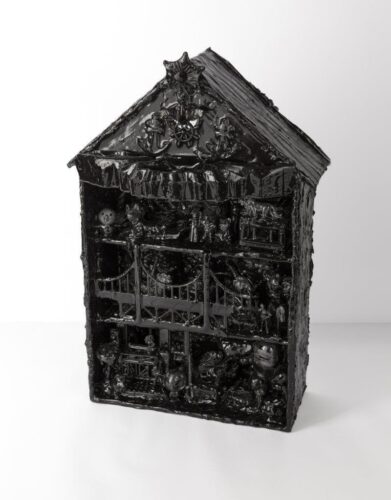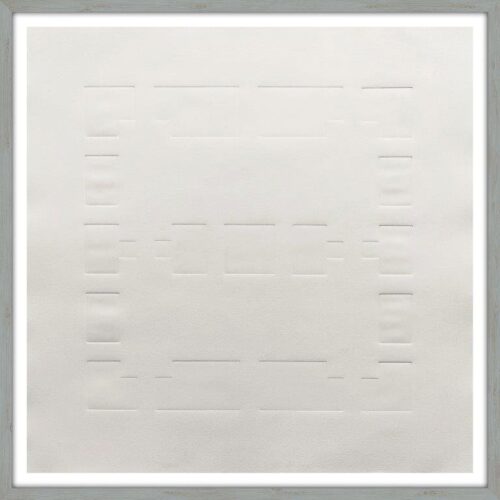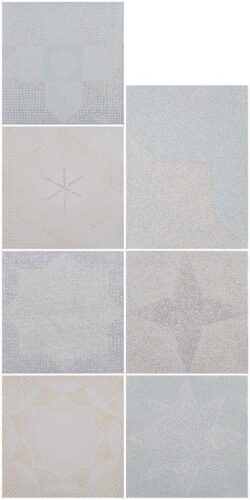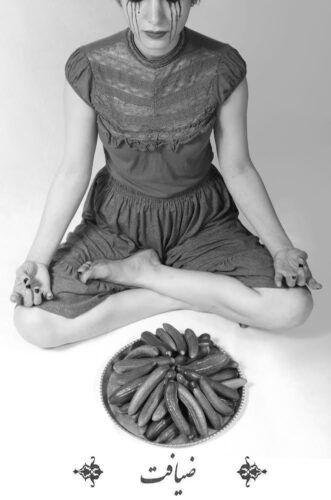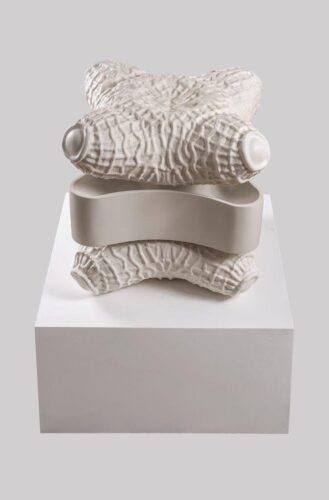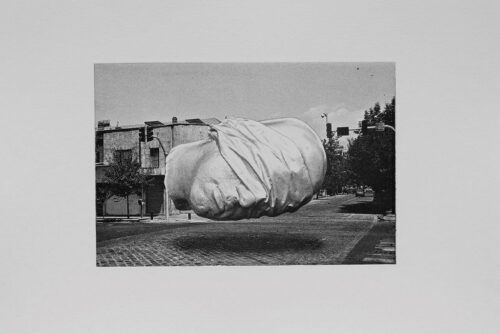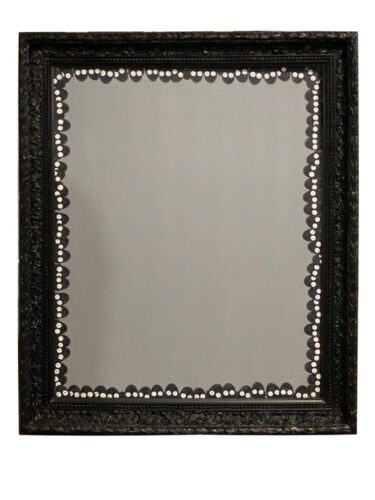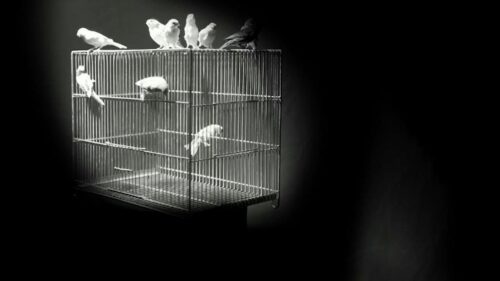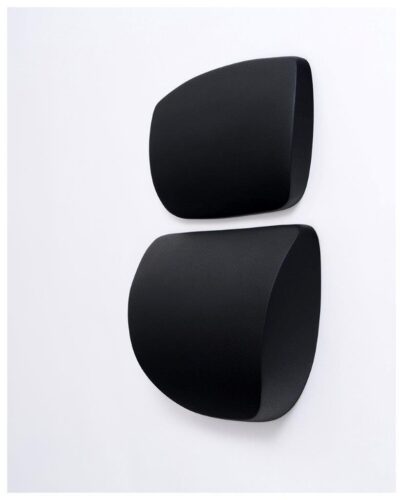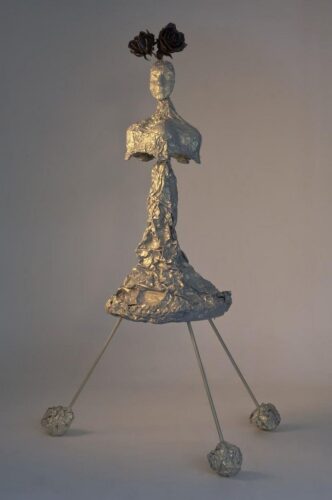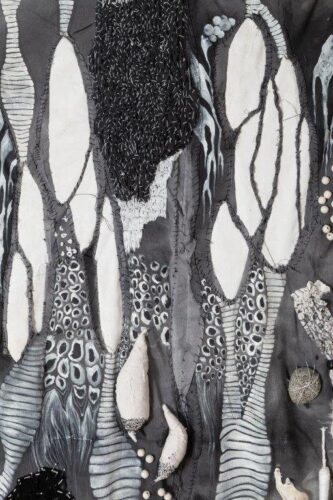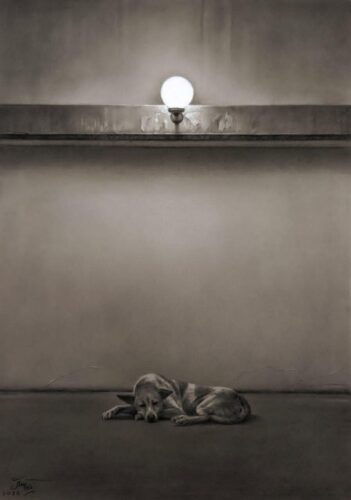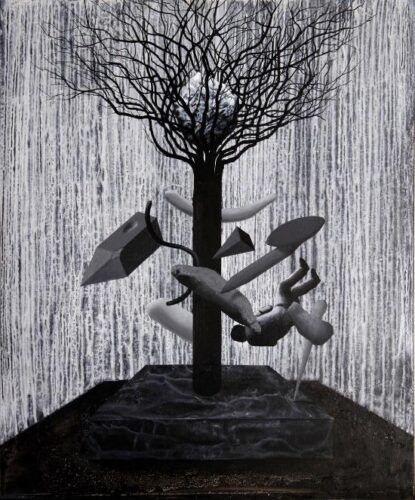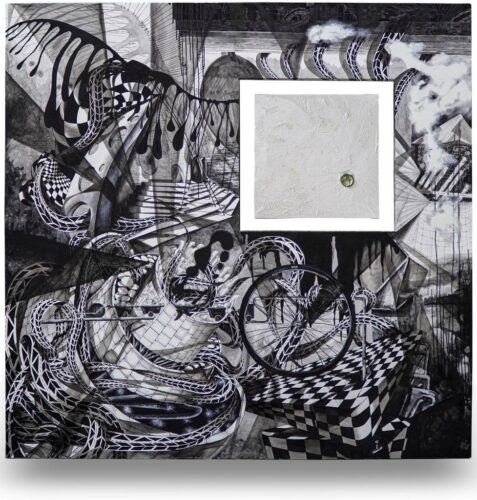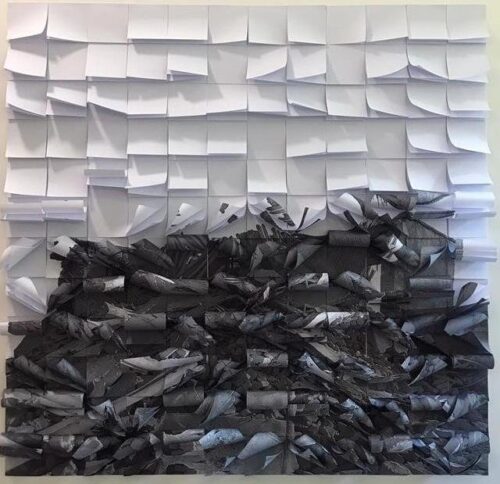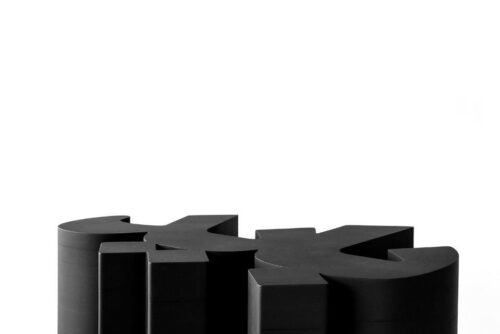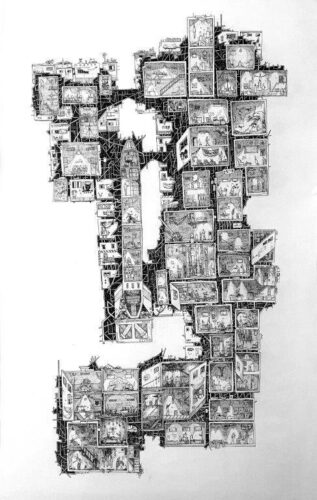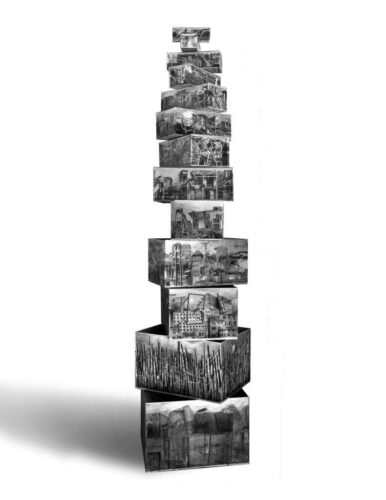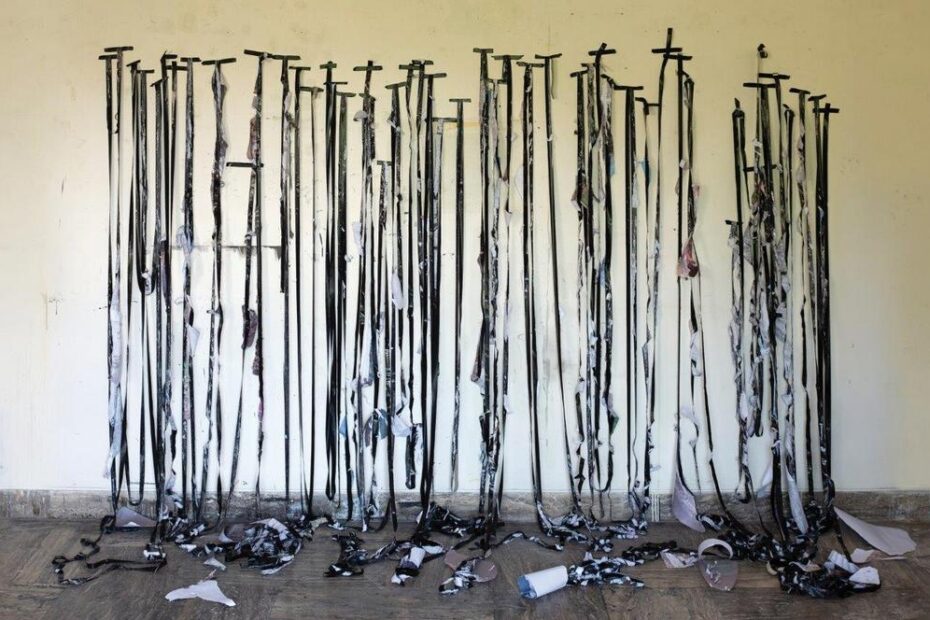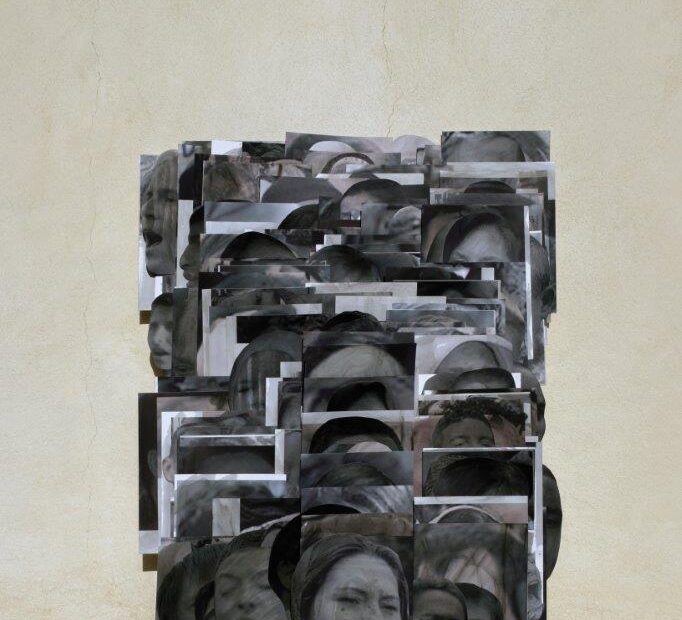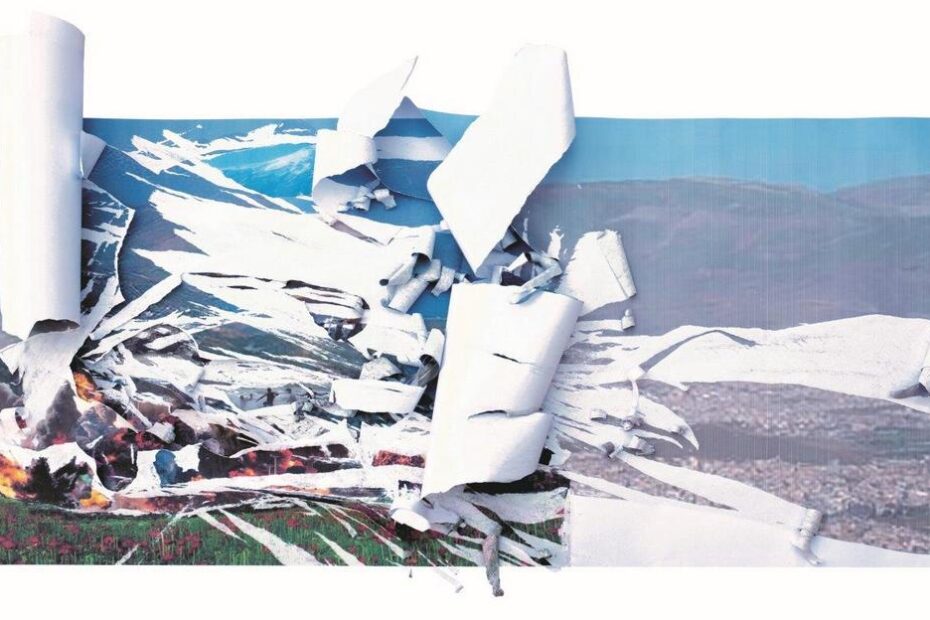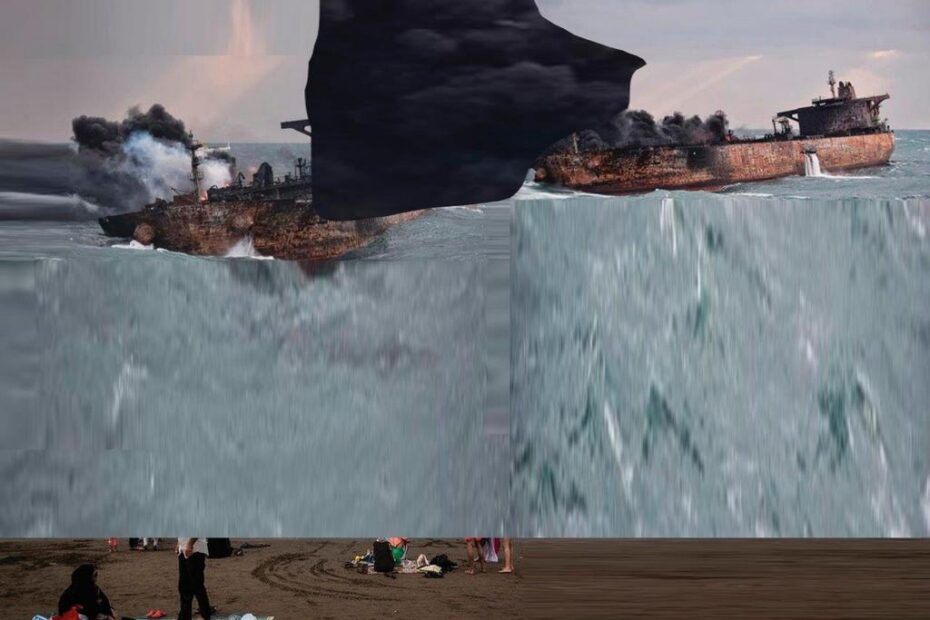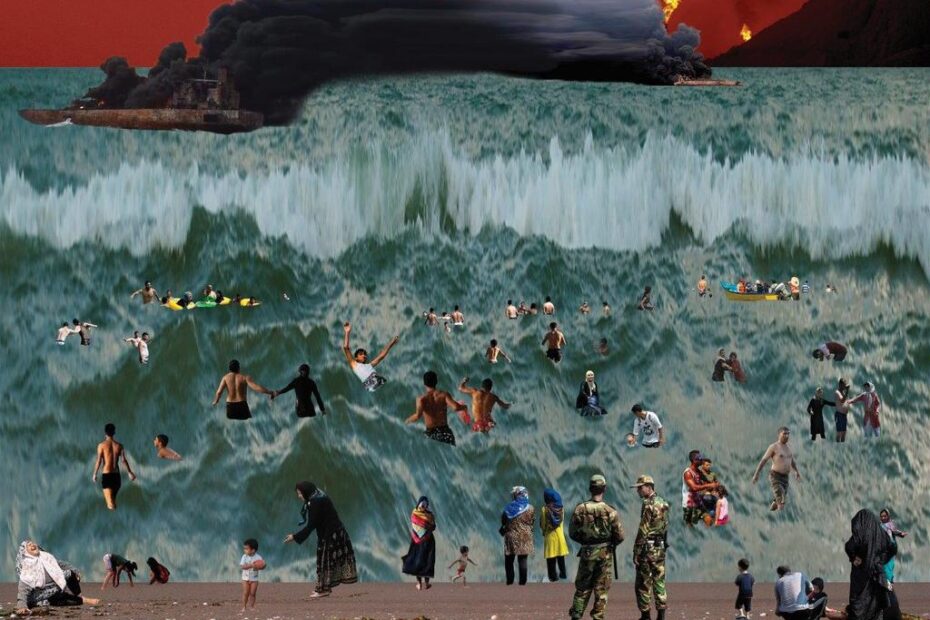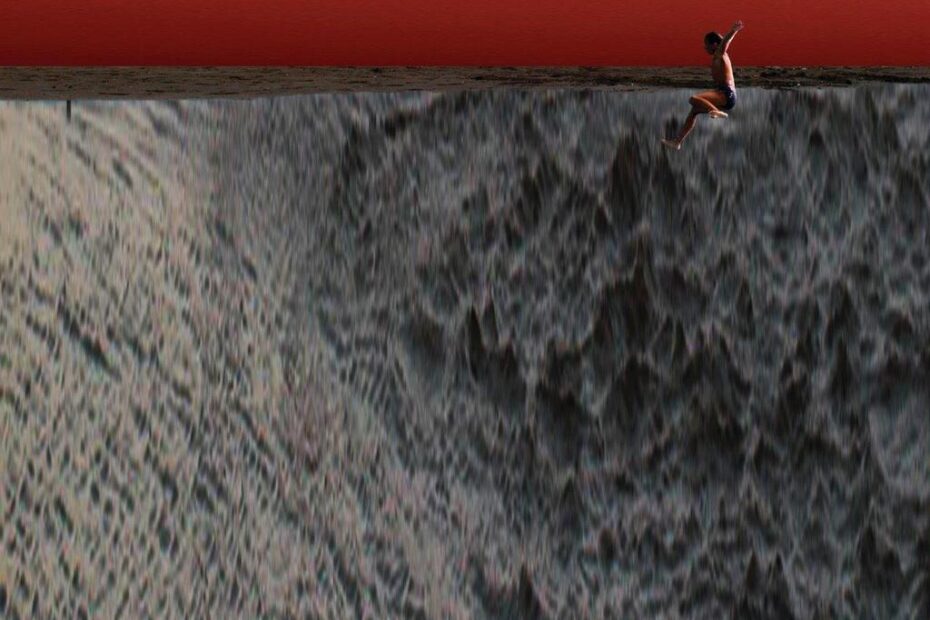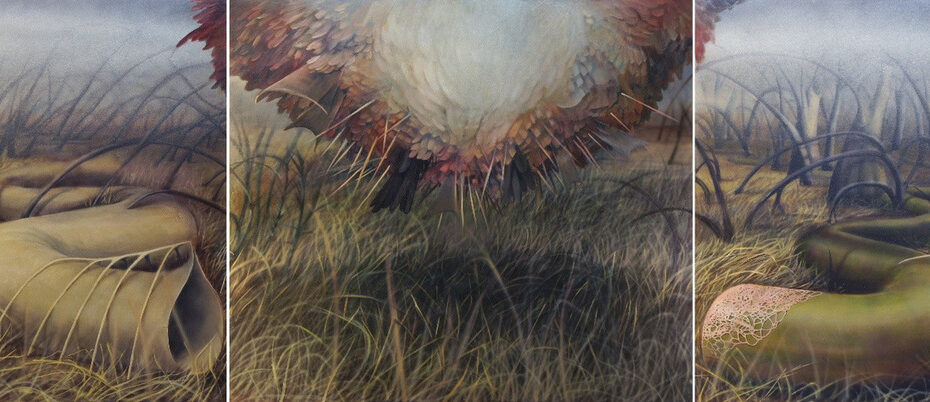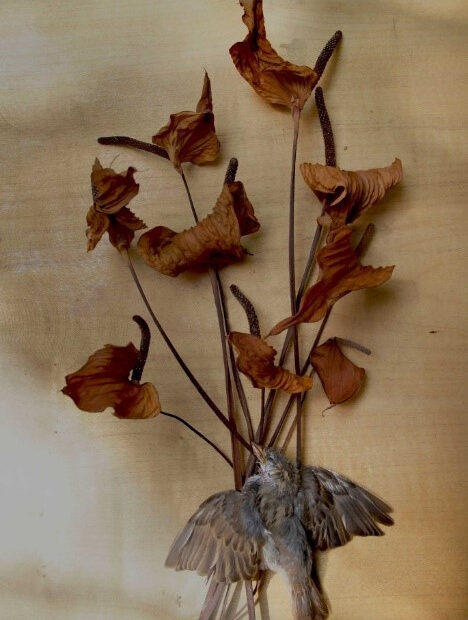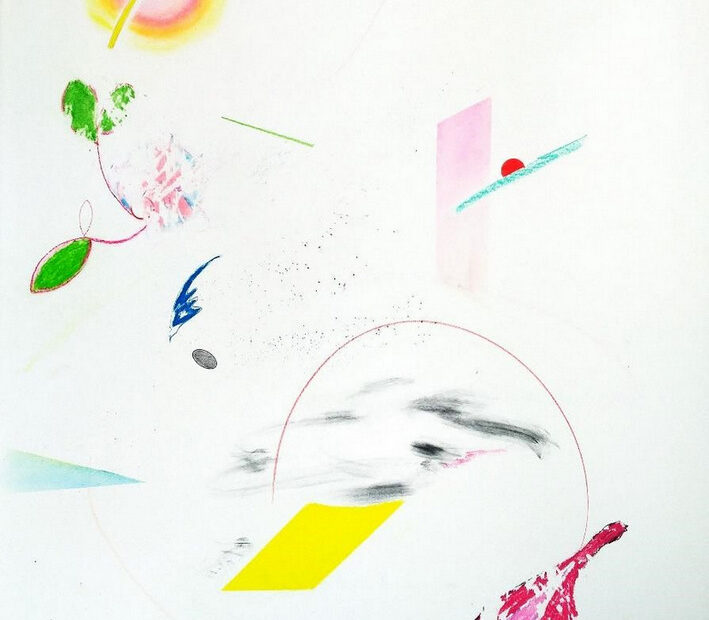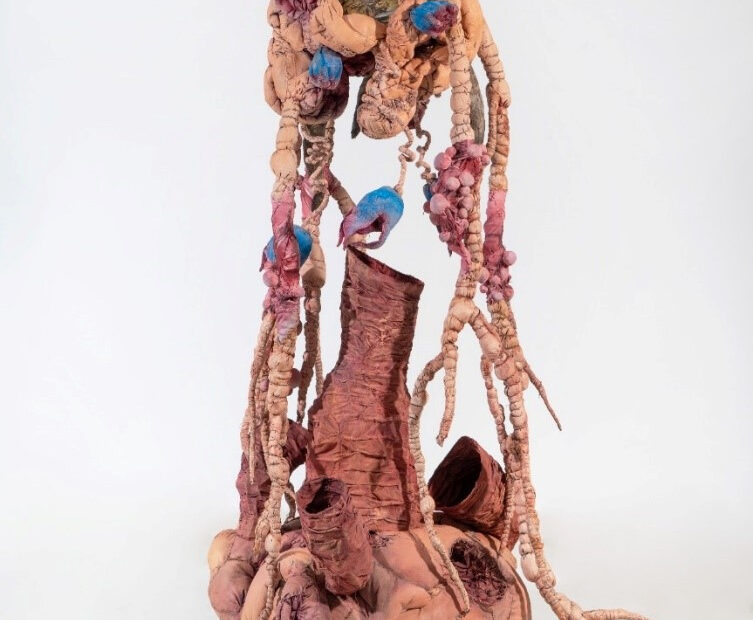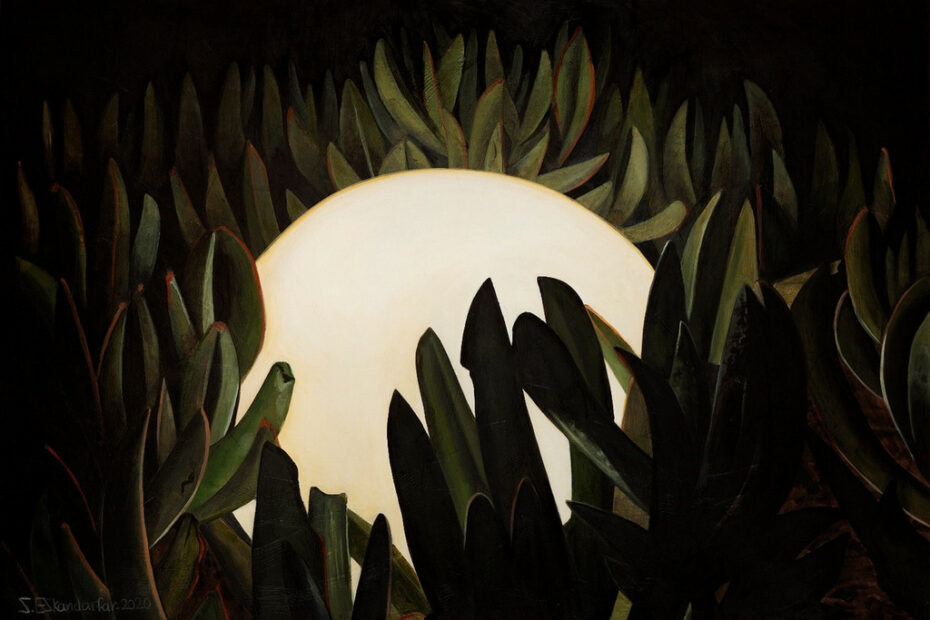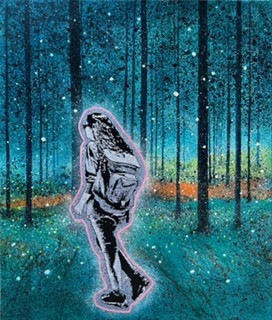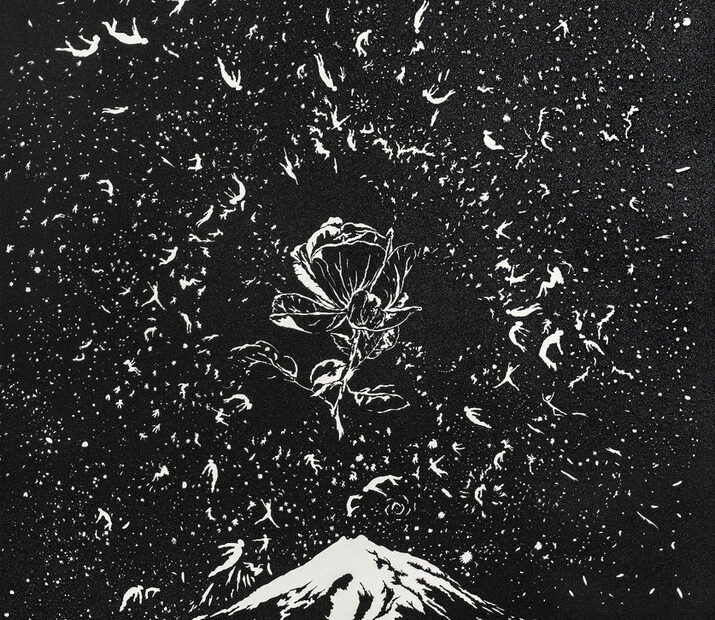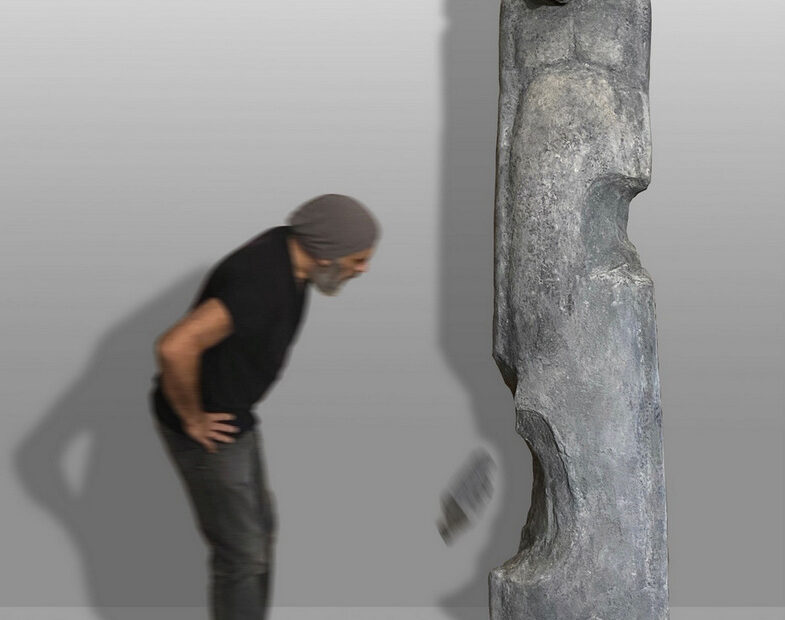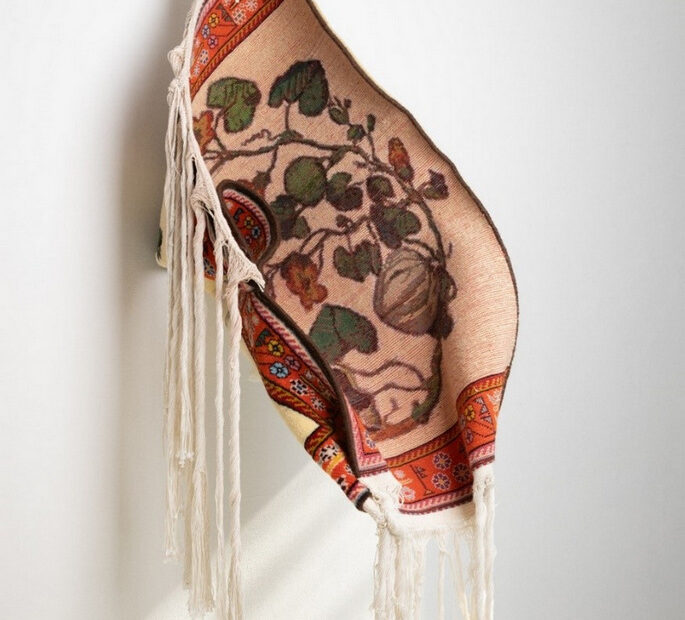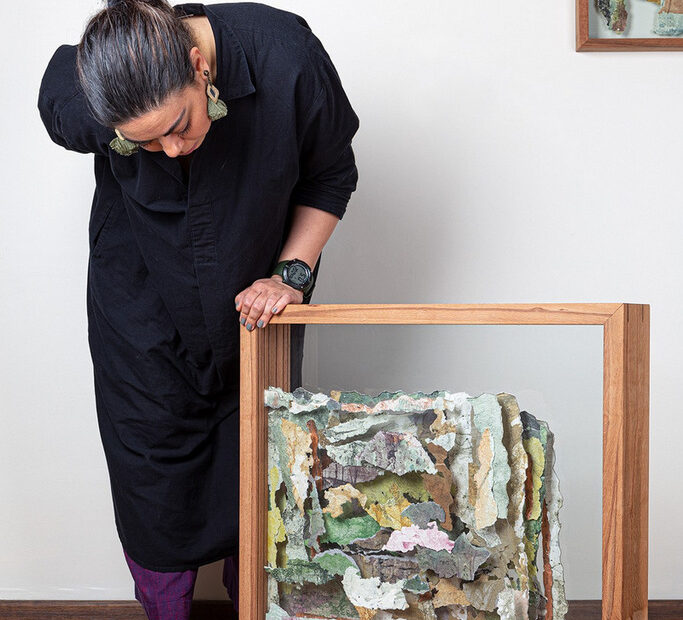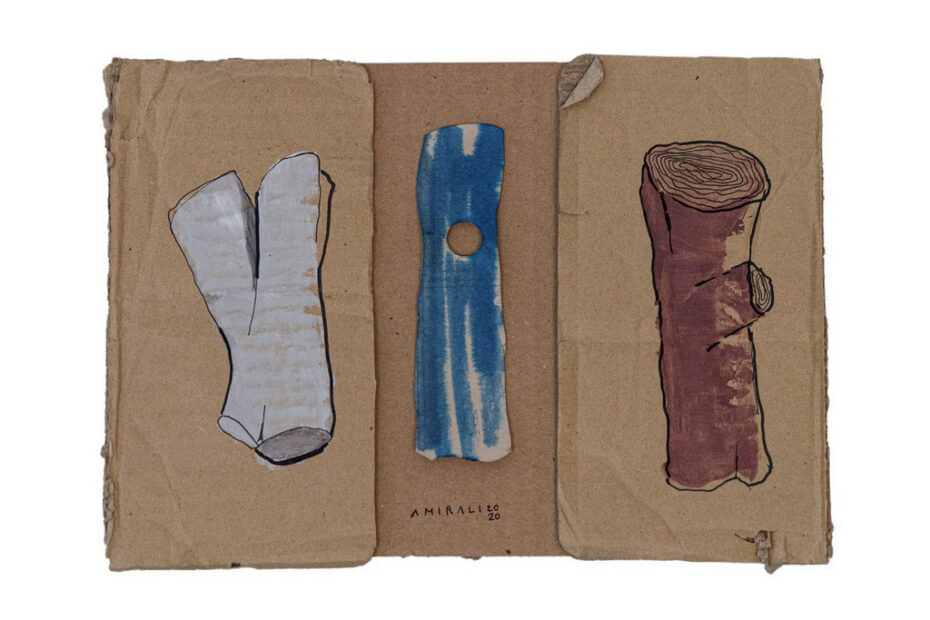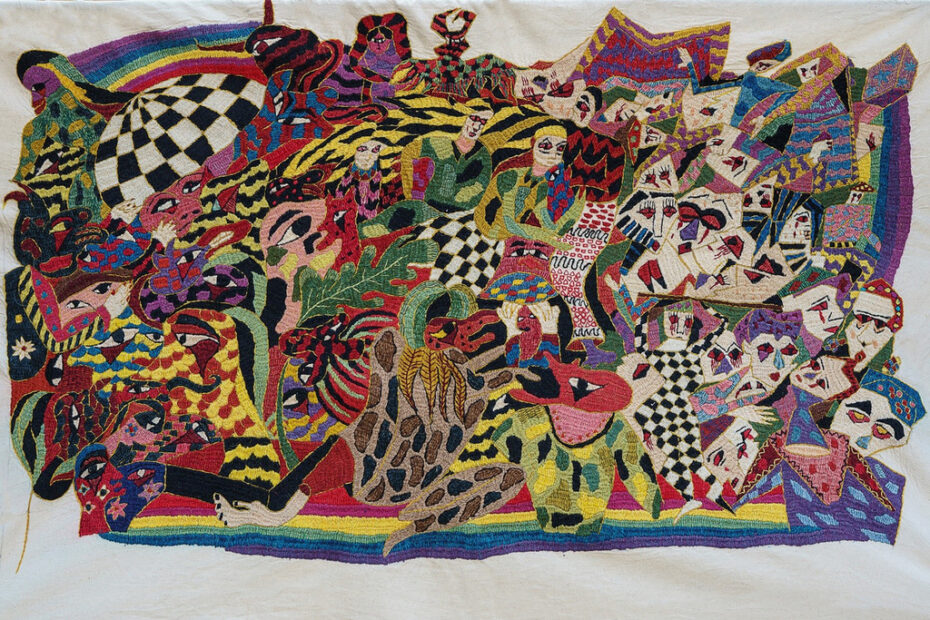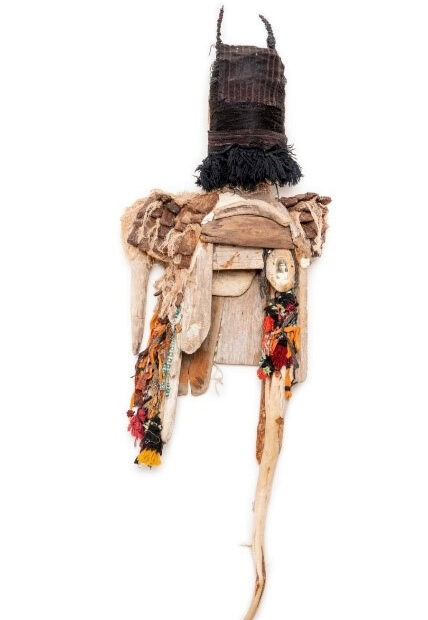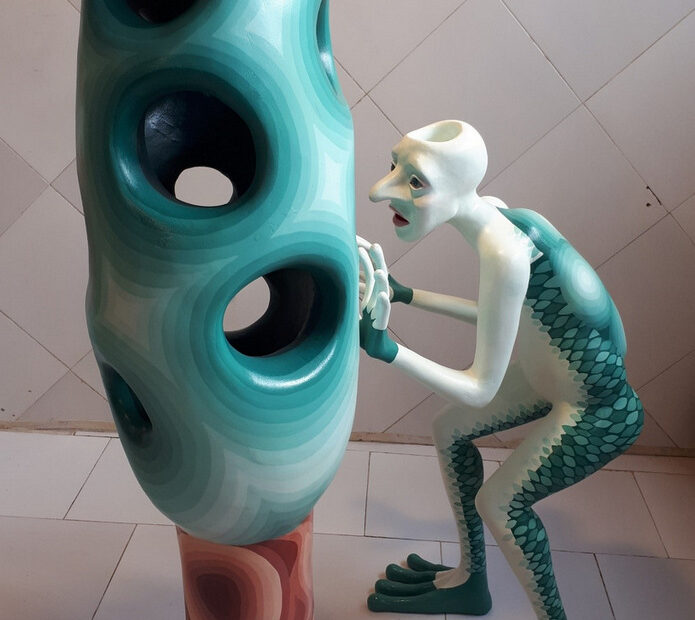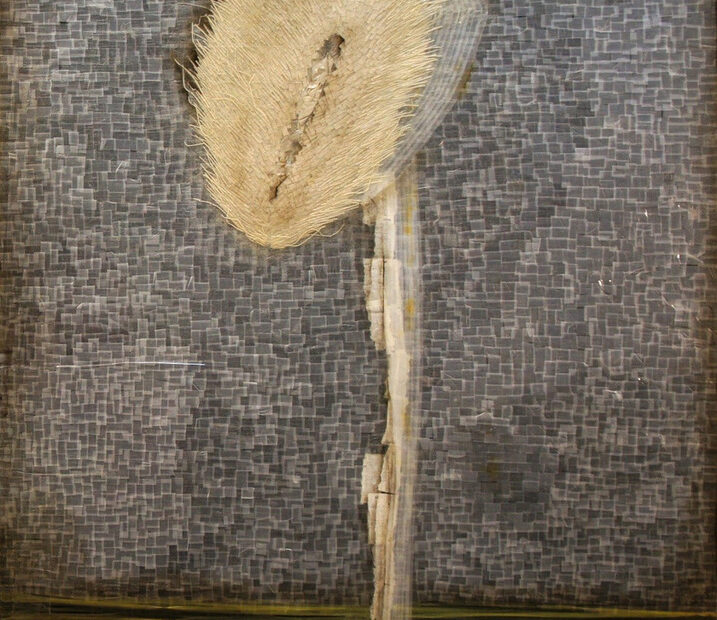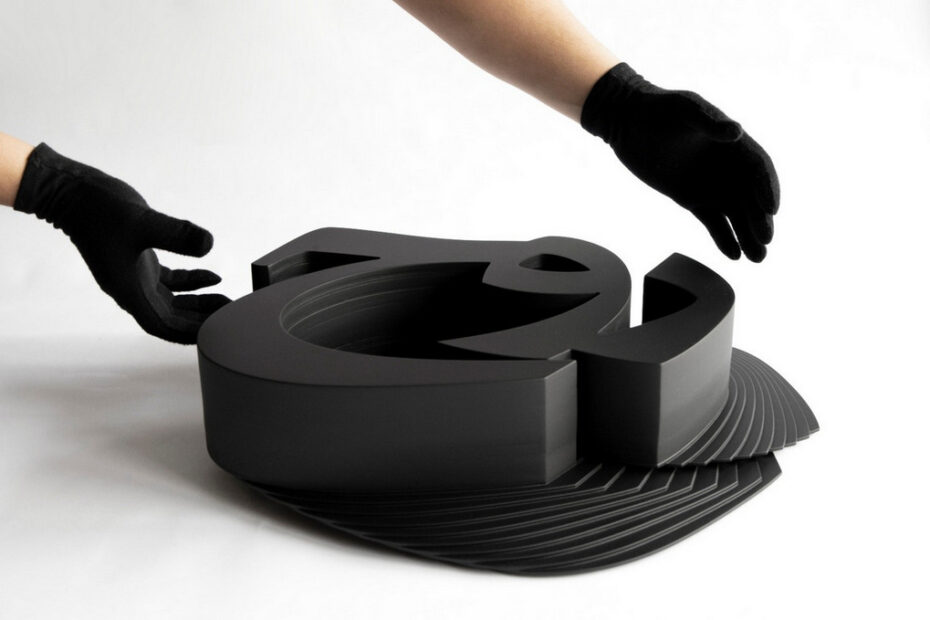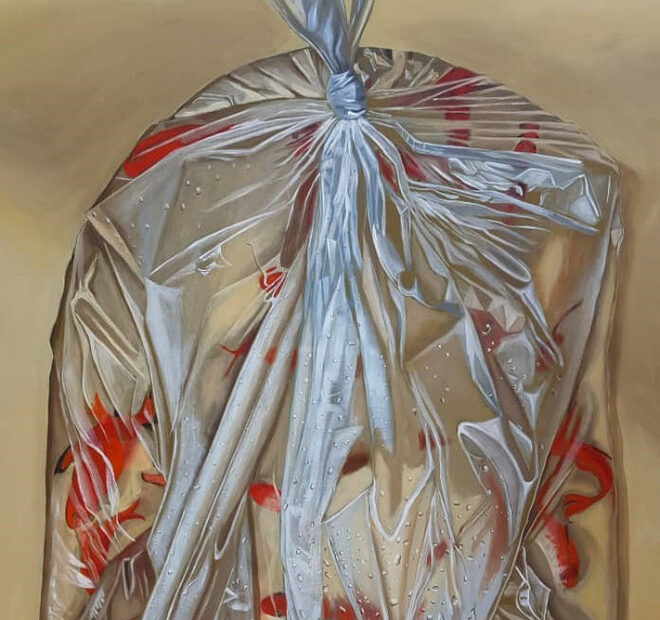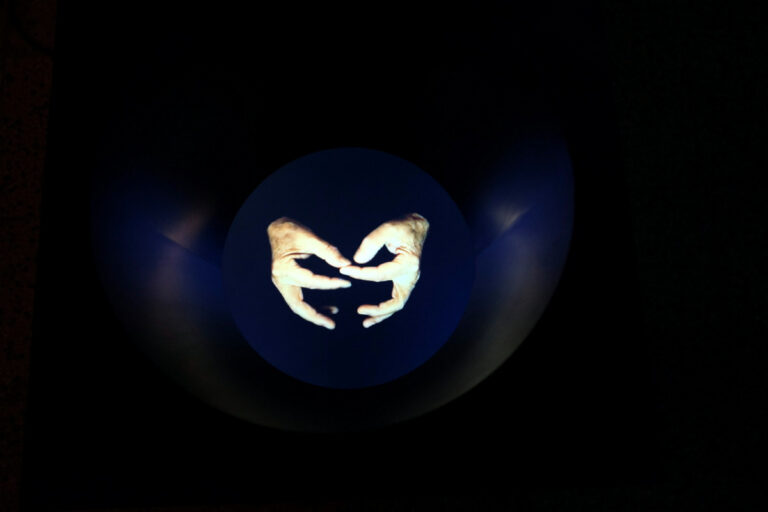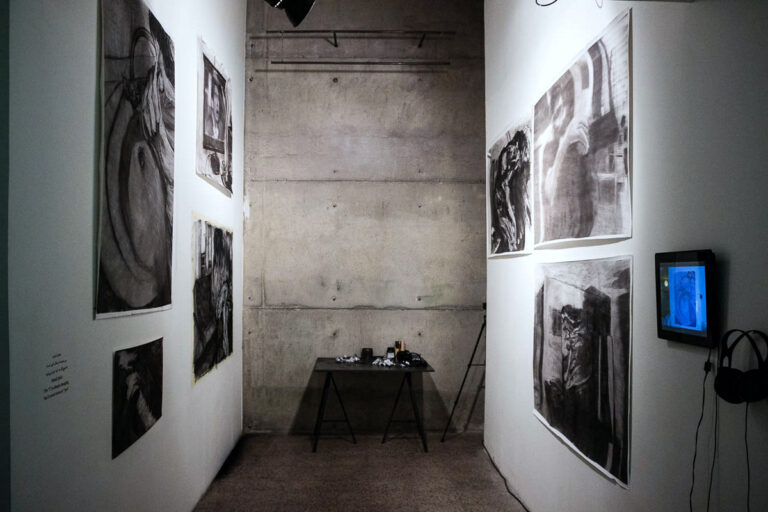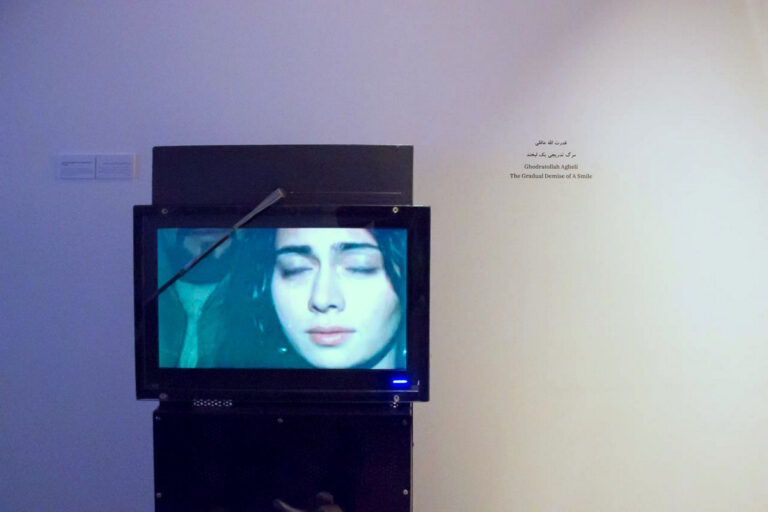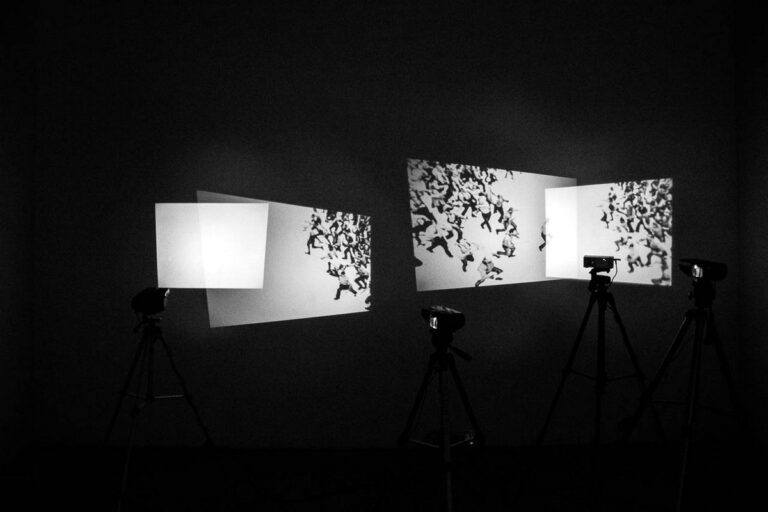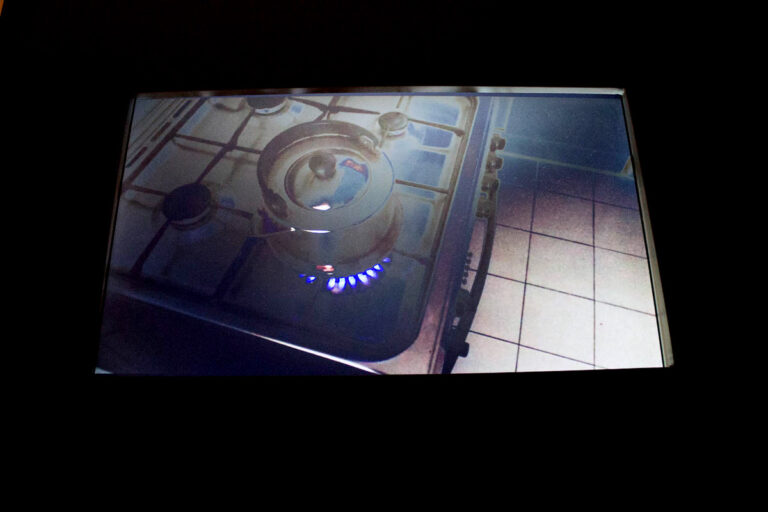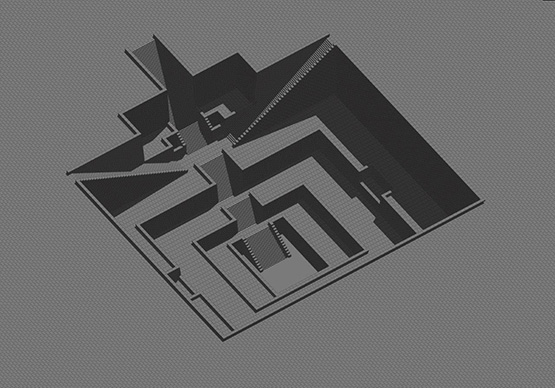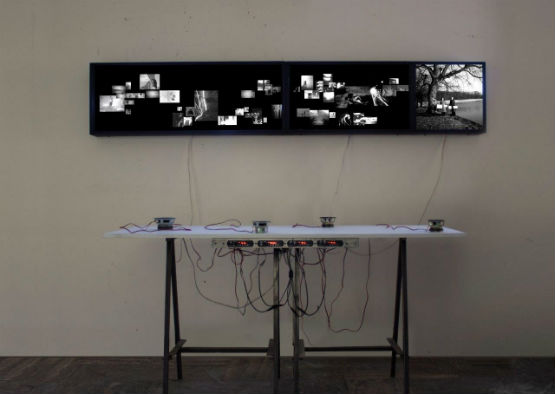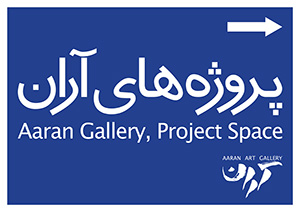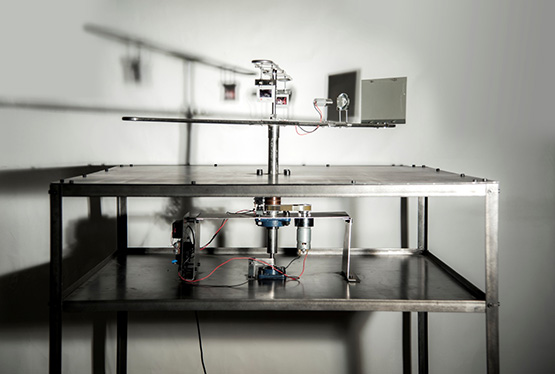Limited Access 8 will take place in six venues across the city with parallel programs, A/V Performances, Talks and workshops, and studio visits, marking the Iranian summer month of Mordad as an exceptional moment for Moving Images, Sound, and New Media.
General Overview of the Programs
The curated screening programs will rotate between Aaran Projects, freshly opened Bidar School for art and literature and New Media projects. This important section follows the tradition of the program “Limited Access Forum,” which is a selection of over 150 new videos submitted for the open call this year. Another interesting part is forgotten gems from the Parkingallery video archive, which is today’s most comprehensive video library of Iranian video art.
A selection of Video installations exhibited in the last few years in different venues in Iran and abroad will be presented at Aaran Projects. Artists featured are Hossein Valamanesh, Ghodratollah Agheli, Bahar Samadi, Shilan Borhani, Mehdi Shiri, Jaleh Nesari, Tarlan Rafiezadeh, Soheila Golestani, and Sara Asefi.
Platform 3 will host experimental animation, installations, screenings, and workshops, curated by the artist collective “Animation; Experiment.”
Studio Markof will host sound projects, audiovisual performances, talks, and an open platform for musicians and sound artists to join in.
Tirafkan Cultural Foundation will host “Video Sports,” which is Curated by Amirali Ghasemi. “Video Sports” features the works of 7 Iranian artists from three generations who have done exemplary work on the subject of sports from a personal point of view.
Artists featured in this selection are: Khosro Sinai | Sadegh Tirafkan | Fereydoun Ave | Ehsan Arjmand | Negar Farajiani | Nogol Mazloumi | Mohammad Shirvani
Guest curators of this edition of the festival are Tasja Langenbach, Faraz Anoushehpour, Nebras Hoveizavi, Minou Iranpour, Amirali Ghasemi & Arash Khakpour, and collectives like Noise A Noise & Animation; Experiment.
About Limited Access Festival
Parkingallery Projects launched the First Limited Access Festival in 2007. Parkingallery Projects was an independent artist-run space in Tehran focused on video, sound, and performance art. Since its inception, Limited Access has been able to showcase the works of many prominent and emerging artists from Iran and worldwide.
There was an open call for video and sound pieces and proposals for audiovisual and performance projects in the last seven Festivals. In addition, the festival presented guest-curated international programs. It offered an archival section that provided a chance to look back at the history of moving images/video and experimental films and extract practical material and parallel educational programs.
Since the beginning, the Festival has collaborated with various institutions and explored archives in Berlin, Stockholm, Helsinki, Cairo, Ljubljana, Paris, Toronto, San Francisco, Vienna, Montreal, Brussels, The Hague, Dublin, etc., to fulfill its mission: that is to reduce the gap between the artistic fields and promote interdisciplinary approaches and practices.
For information on programs and further details, visit: www.limitedaccessfestival.com
